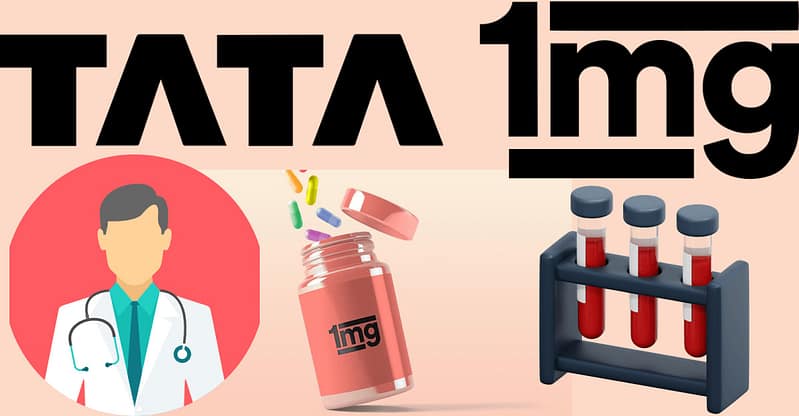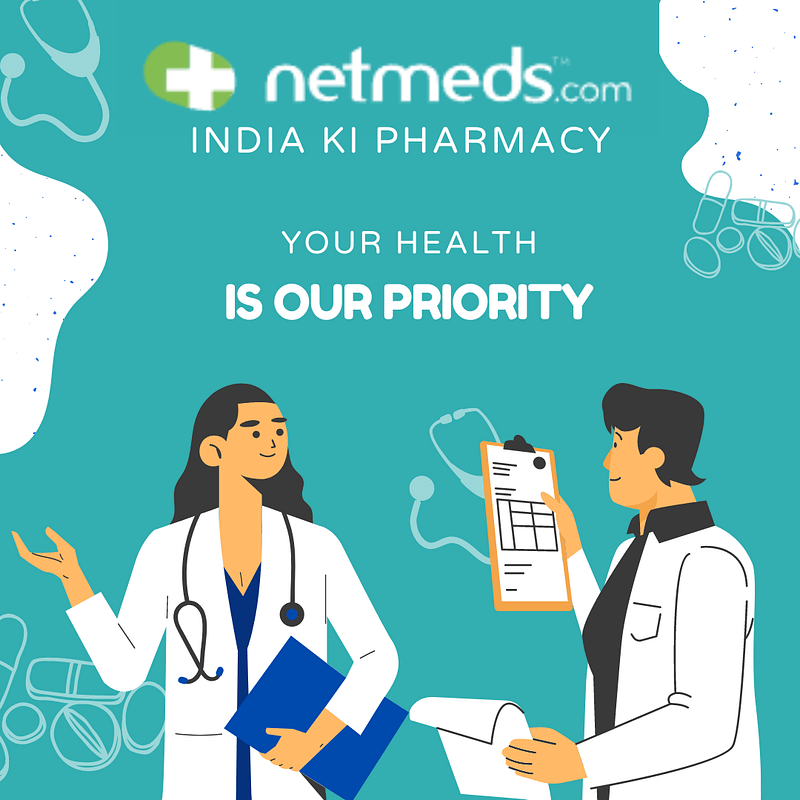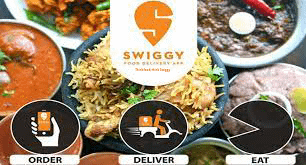When the blood flow to the heart is blocked, usually because fats and cholesterol have created an excess of plaque buildup in the coronary arteries, you can experience a heart attack.
A heart attack occurs when an artery that sends blood and oxygen to the heart is blocked. Fatty, cholesterol-containing deposits build up over time, forming plaques in the heart’s arteries. If a plaque ruptures, a blood clot can form. The clot can block arteries, causing a heart attack.
Plaque is a mixture of fat, calcium, cholesterol, and waste from the cells in the body. This mix can stick to the walls of the arteries, making these blood vessels narrower. When this happens, it is called atherosclerosis. Clogged or blocked arteries can stop fresh blood from reaching parts of the body, which can put a person at risk of a heart attack,heart failure, or stroke.
According to the WHF, cardiovascular diseases are still the leading cause of death worldwide, accounting for more than 20.5 million deaths each year from conditions such as heart attacks, strokes, and heart failure.
The primary signs of a heart attack include chest pain, which may feel like pressure or tightness, along with symptoms such as difficulty breathing, sweating, and pain in the arms, back, or jaw. Other signs include nausea, light-headedness, and fatigue.
If you think you are having a heart attack, the first and most important step is to call for emergency medical assistance. Timely professional treatment is essential to protect your heart.
If you have aspirin and are not allergic, taking it may be helpful while waiting for emergency medical help. According to Johns Hopkins Aramco Healthcare, chewing aspirin before swallowing can help delay the formation of blood clots that could further block your arteries during a heart attack Stay calm.
It’s essential to stay as calm as possible during a heart attack, as panic can worsen the situation. Try to focus on steadying your heartbeat to help maintain a sense of control. Do not attempt to drive yourself to the hospital if you are experiencing heart attack symptoms. If you begin to feel unwell while driving, safely pull over to the side of the road, as a heart attack can make driving extremely dangerous.
If you notice heart attack symptoms, lie on your back and raise your legs to help with breathing and oxygen flow. Use pillows or any nearby objects to support your legs and try to relax until help arrives.
During a heart attack, taking slow, deep breaths rather than rapid ones is important to ensure a steady oxygen supply to your heart and blood. If possible, lie near an open window or a fan, as fresh air can assist with your breathing. Do not attempt Cough CPR as a method to manage a heart attack, as it can increase your risk. Attempting this technique may disrupt your heart’s rhythm and reduce oxygen flow to your body.
It’s best to avoid eating or drinking if you suspect you are having a heart attack, as this could complicate medical treatment. You may take a small sip of water if you need aspirin.
Once you report your symptoms to your physician, you will undergo a physical exam and report your medical history. You may also go through a series of tests which can include:
Electrocardiogram (ECG): checks the electric activity of your heart. echocardiogram (ECHO): A sonogram of your heart to determine the condition of your heart valves, how well your heart pumps, and any issues with your heart muscle. Blood tests to determine levels of enzymes in your system. Angiography for understanding blockage in the artillery.Angioplasty is a procedure used to open blocked coronary arteries caused by coronary artery disease. It restores blood flow to the heart muscle without open-heart surgery. Angioplasty can be done in an emergency setting, such as a heart attack. Or it can be done as elective surgery if your healthcare provider strongly suspects you have heart disease. Angioplasty is also called percutaneous coronary intervention.
For angioplasty, a long, thin tube (catheter) is put into a blood vessel. It is then guided to the blocked coronary artery. The catheter has a tiny balloon at its tip. Once the catheter is in place, the balloon is inflated at the narrowed area of the heart artery. This presses the plaque or blood clot against the sides of the artery. The result is more room for blood flow.
The healthcare provider uses fluoroscopy during the surgery. Fluoroscopy is a special type of X-ray that’s like an X-ray “movie.” It helps the healthcare provider find the blockages in the heart arteries as a contrast dye moves through the arteries. This is called coronary angiography.
The healthcare provider may decide that you need another type of procedure. This may include removing the plaque (atherectomy) at the site of the narrowing of the artery. In atherectomy, the healthcare provider may use a catheter with a rotating tip. The plaque is broken up or cut away to open the artery once the catheter reaches the narrowed spot in the artery.
Coronary stents are now used in nearly all angioplasty procedures. A stent is a tiny, expandable metal mesh coil. It’s put into the newly opened area of the artery to help keep the artery from narrowing or closing again. Tissue will start to coat the stent like a layer of skin once the stent has been placed. The stent will be fully lined with tissue within 3 to 12 months. The length of time depends on if the stent has a medicine coating or not. You may be prescribed medicines called antiplatelets to decrease the “stickiness” of platelets. Platelets are special blood cells that clump together to stop bleeding. The medicine can also prevent blood clots from forming inside the stent. Your healthcare team will give specific instructions on which medicines need to be taken and for how long.
Most stents are coated with medicine to prevent scar tissue from forming inside the stent. These stents are called drug-eluting stents. They release medicine within the blood vessel that slows the overgrowth of tissue within the stent. This helps prevent the blood vessel from becoming narrow again. Some stents don’t have this medicine coating and are called bare metal stents. They may have higher rates of stenosis. But they don’t need long-term use of antiplatelet medicines. This may be the preferred stent in people who are at high risk of bleeding.
Stents can become blocked. It’s important to talk with your healthcare team about what you need to do if you have chest pain after a stent placement. You may need a repeat procedure if scar tissue does form inside the stent. This may be using either balloon angioplasty or with a second stent. In rare cases, radiation therapy may be given through a catheter placed near the scar tissue to stop the growth of scar tissue. It also opens up the vessel. This is called brachytherapy.
Non-vegetarian. Though it’s not good to devour meat like monsters, you can eat lean meat(95%), like ground beef, pork shoulders, and skinless chicken or turkey for protein intake. Avoid eating organ meats like the brain and liver. Eat seafood like salmon, tuna, and trout for omega-3 fatty acids. Foods high in monounsaturated and polyunsaturated fats that is good for heat. Canola, corn, olive, safflower, sesame, sunflower, and soybean oils (not coconut or palm oil) You can also eat Green vegetables, Tomottos, and Potatoes, Nuts such as walnuts, almonds, and seed butter. All kinds of seafood, Seeds (sesame, sunflower, pumpkin, or flax), Dark Chocolates, and Avocados. Tofu.
Make regular exercise a practice to keep a healthy heart and whole healthy body and mind.




















